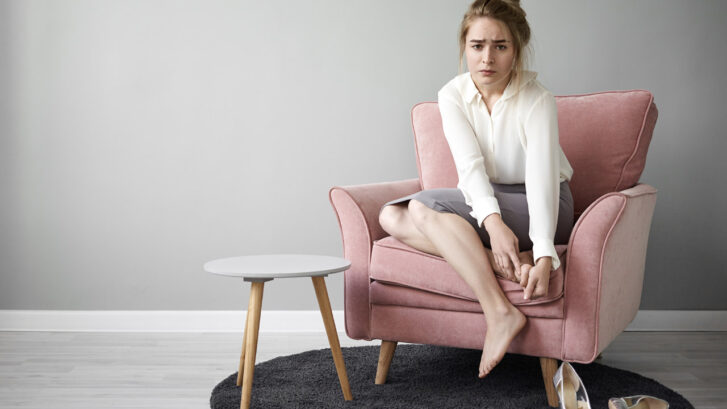Varicose veins are a common vascular condition that afflicts millions of people globally. These twisted and enlarged veins can be both unsightly and uncomfortable. While factors such as genetics, age, and obesity play a significant role in their development, there is another aspect that often goes unnoticed – postural changes. In this blog, we will explore the intricate connection between varicose veins and postural habits, shedding light on how your posture can impact the development and progression of this condition.
The Basics of Varicose Veins
Before we delve into the relationship with posture, let us briefly understand what varicose veins are. Varicose veins are veins that have become enlarged, swollen, and twisted. They often appear blue or purple and are most commonly found in the legs. These veins are typically caused by weakened or damaged valves in the veins, which can lead to blood pooling in the veins and causing them to bulge.
The Role of Posture
Your posture, or the way you hold your body while sitting, standing, or moving, can have a significant impact on your vascular health. Here is how:
- Prolonged Standing or Sitting: When you maintain a single posture for extended periods, such as standing for long hours at work or sitting for prolonged periods during travel or desk work, it can hinder blood circulation in the legs. Poor circulation can contribute to the development of varicose veins.
- Crossing Your Legs: Sitting with your legs crossed at the knee can impede blood flow through the veins, potentially leading to vein issues over time.
- Poor Sitting Posture: Slouching or sitting with your legs crossed for long periods can exert pressure on the veins in your legs. This pressure can weaken the vein walls and contribute to the formation of varicose veins.
- High Heels: Wearing high heels can alter your posture and affect your calf muscle pump function, which plays a crucial role in blood circulation from the legs back to the heart. This alteration in circulation can increase the risk of varicose veins.
- Obesity: While not solely a postural issue, carrying excess weight can lead to poor posture and place added stress on the veins in your legs. This, in turn, can exacerbate varicose veins.
Improving Your Posture to Prevent Varicose Veins
Maintaining good posture is not only beneficial for your overall health but can also help in preventing or managing varicose veins:
- Move Regularly: If your job requires prolonged sitting or standing, try to move around and stretch your legs at regular intervals to improve circulation.
- Avoid Crossing Your Legs: Keep your feet flat on the floor while sitting to allow proper blood flow through your legs.
- Wear Compression Stockings: These can provide support to your veins and help improve circulation, especially if you must sit or stand for extended periods.
- Invest in Comfortable Footwear: Opt for shoes that provide proper arch support and do not force your body into unnatural postures.
- Maintain a Healthy Weight: If you are overweight, losing excess pounds can relieve stress in your veins and improve your posture.
Conclusion
The relationship between varicose veins and postural changes underscores the importance of paying attention to how we sit, stand, and move throughout the day. By making conscious efforts to maintain good posture and adopting healthy lifestyle choices, you can reduce your risk of developing varicose veins and potentially alleviate discomfort if you already have them. Remember, a proactive approach to vascular health can go a long way in ensuring your legs stay healthy and pain-free.


